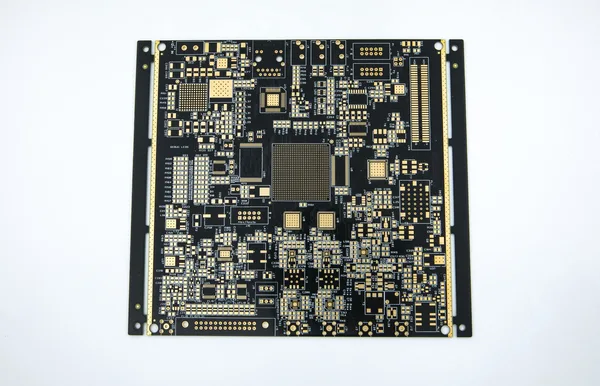High-frequency PCB refers to a special circuit board with high electromagnetic frequency, which is used for PCB in the fields of high frequency (frequency greater than 300MHZ or wavelength less than 1 meter) and microwave (frequency greater than 3GHZ or wavelength less than 0.1 meters). The copper plate is a circuit board produced by using part of the process of the ordinary rigid circuit board manufacturing method or using a special treatment method.

In high-frequency circuit design, the power supply is designed in the form of layers, which in most cases is much better than the form of buses, so that the loop can always follow the path of least impedance. In addition, the power board must provide a signal loop for all signals generated and received on the PCB, which can minimize the signal loop, thereby reducing noise, which is often overlooked by low-frequency circuit designers.
In high frequency PCB design, we should follow the following principles:
1. The unity and stability of power supply and ground;
2. Careful wiring and proper termination can eliminate reflections;
3. Careful wiring and proper termination can reduce capacitive and inductive crosstalk;
4. Noise suppression is required to meet EMC requirements.
1. The dielectric loss must be small, which mainly affects the quality of signal transmission. The smaller the dielectric loss, the smaller the signal loss.
2. Low water absorption and high water absorption will affect the dielectric constant and dielectric loss when wet.
3. The dielectric constant must be small and stable. Usually, the smaller the better, the signal transmission rate is inversely proportional to the square root of the dielectric constant of the material. High dielectric constant is likely to cause signal transmission delay.
4. The thermal expansion coefficient of the copper foil should be as consistent as possible, because the inconsistency will cause the copper foil to separate in the hot and cold changes.
5. Other heat resistance, chemical resistance, impact strength, peel strength, etc. must also be good.

Email: sales@fastlinkpcb.com
Phone: +86 - 0755- 23597570
Tel: +86 15171508318
Head office: 3A12 ,Floor 4, JinYuan Building B , Xixiang Rd, Bao'an district, ShenZhen , China
Factory Address: 3rd floor, Building D, Baishixia Industrial Zone, Jian 'an Road, Fuhai Street, Bao 'an District, Shenzhen ,china
Greetings! Very useful advice in this particular article! Its the little changes that will make the biggest changes. Thanks for sharing!